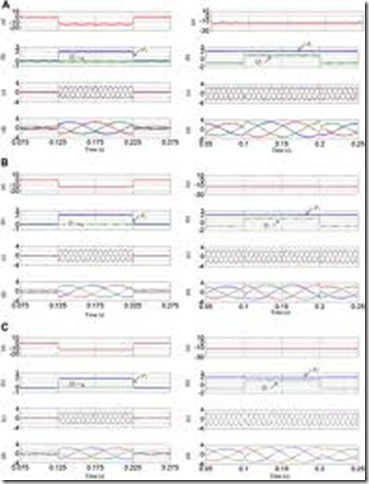Control of the Active and Reactive Power of a Synchronous Generator
The active power
P = 3VIact
of a synchronous generator operating into a large power system (V = const) can be controlled by adjusting the power delivered by its prime mover
Pm = ɷrotTPm
An increase in the power (or, which is the same, the torque) supplied by the prime mover, Tpm (a steam or hydraulic turbine), brings about an increase in the active component of the generator current, Iact = f (Tpm) . At the same time, the load angle │θ│ goes up, and this reduces the margin of stability, π/2 – │θ│, of the generator. If the synchronous generator is not to lose its stability as its active power is increased, it is necessary to raise the excitation current. Industrial synchronous generators are fitted with suitable controllers which respond to a change in active power by maintaining the requisite margin of stability.
The reactive power
Q = 3VI sin φ
of a synchronous generator operating into a large power system (V = const) at constant active power (P = const) is controlled by varying its excitation current, If. When If is equal to If,1fm , the reactive power ill the machine is zero. When If is greater than If,1fm, the reactive power is inductive in its effect:
QL = 3VIreac,L
When If, is Jess than If,1fm , the reactive power is capacitive in its effect :
QC = 3VIreac,C
As a rule, the excitation of synchronous generators is maintained at a level which results in the prevalence of inductive reactive power essential for operation of induction motors.

